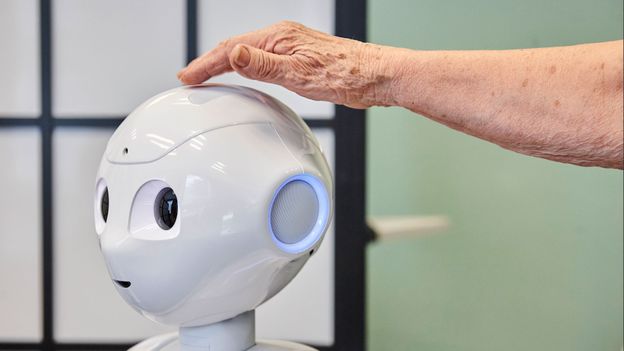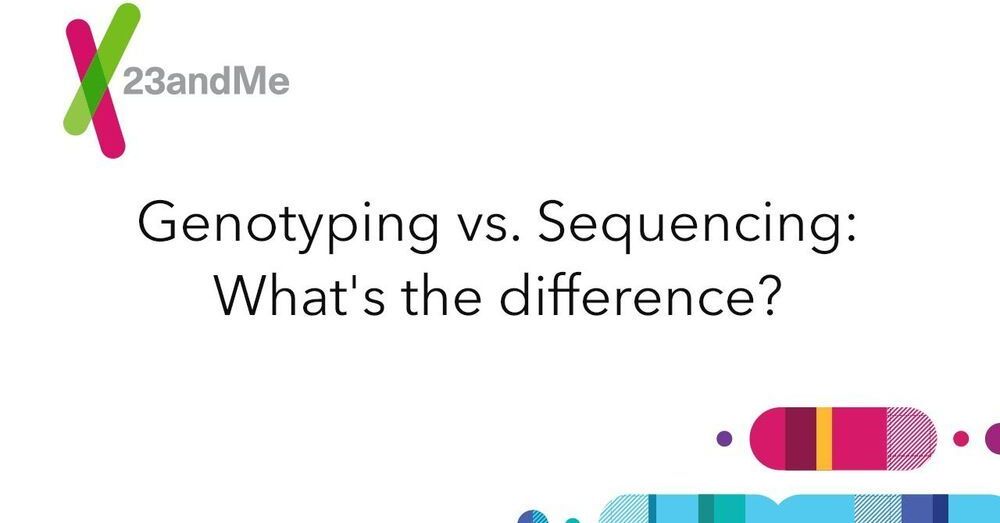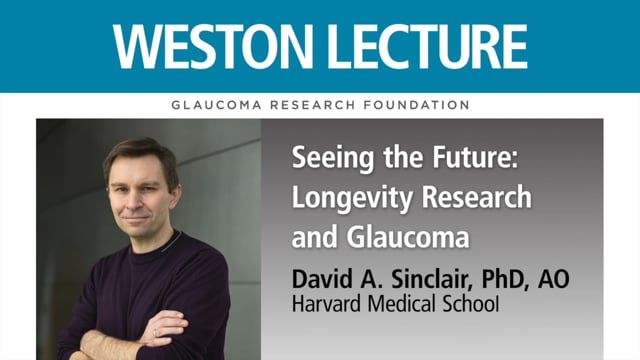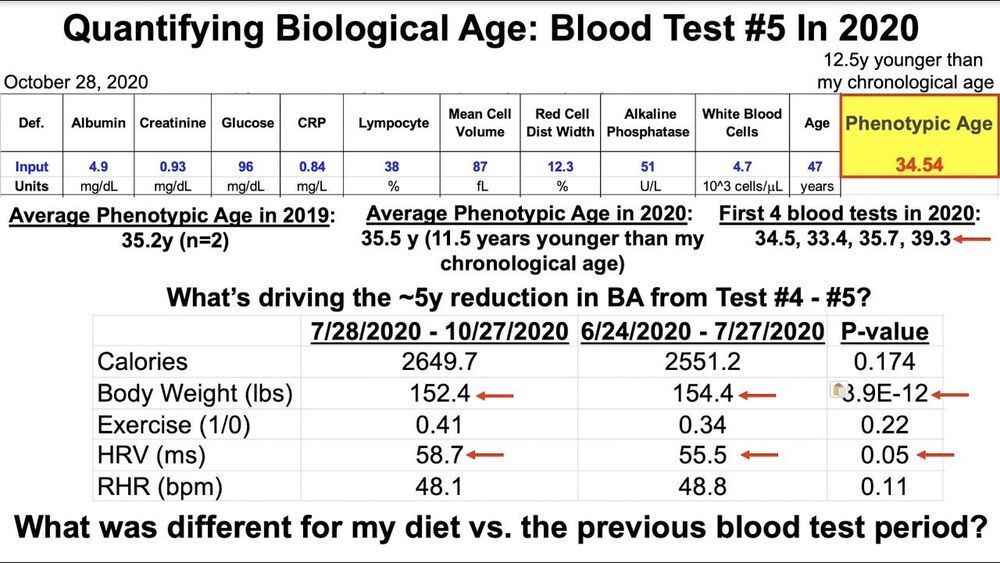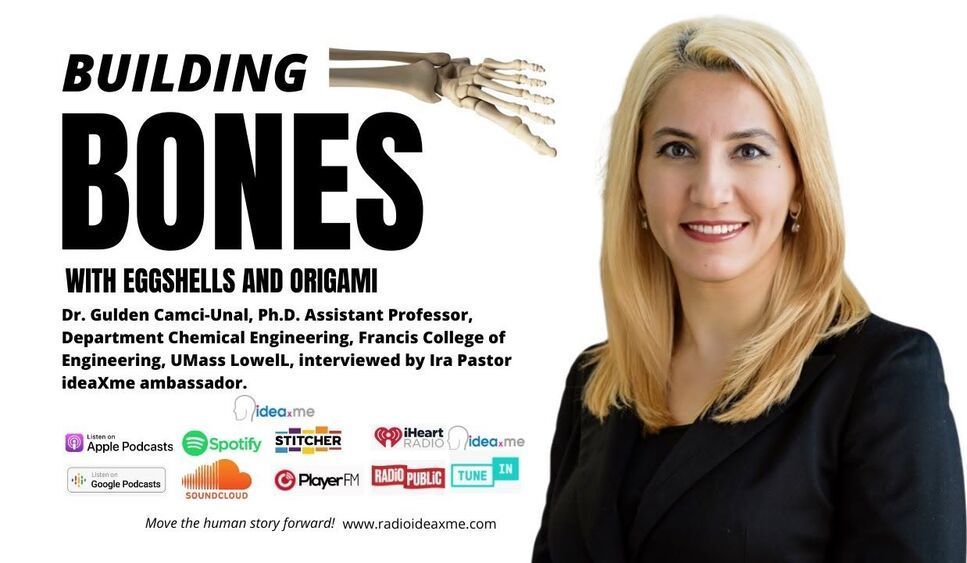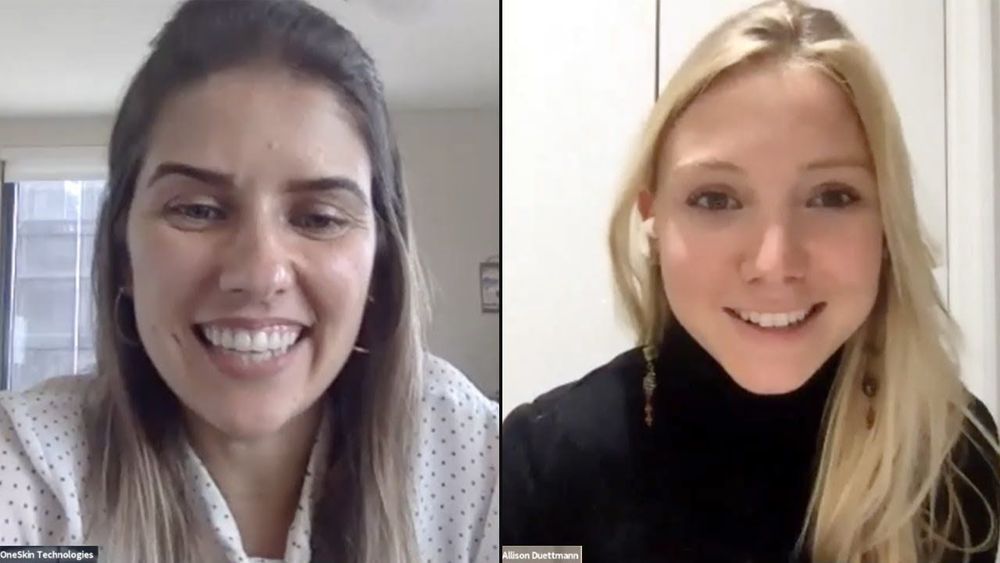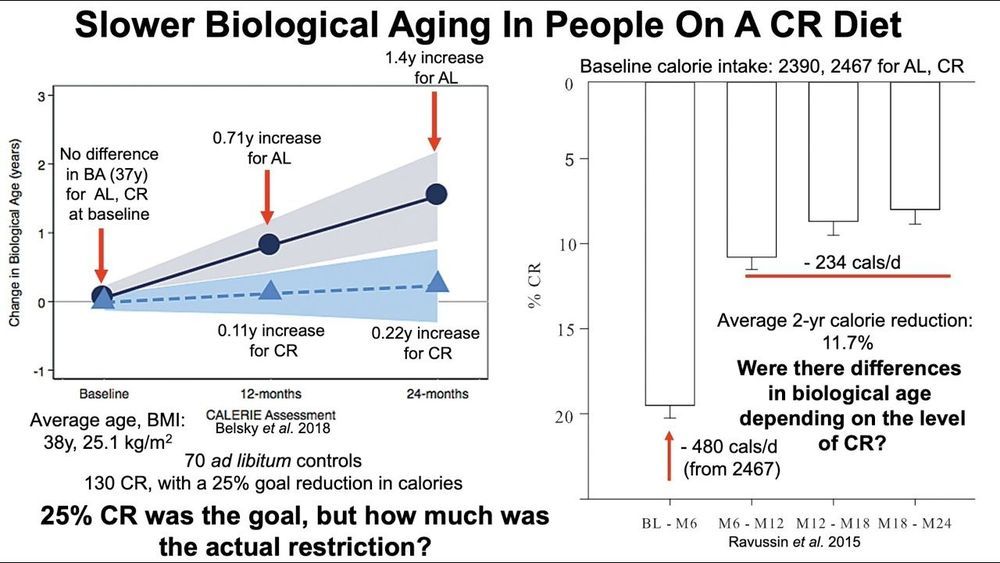Providing a growing older generation with a dignified and independent life means doing more with less – and governments and industry are looking to cutting-edge technology to help.
Category: life extension – Page 313
Has anyone here done a DNA test for longevity? I’m curious if you have any experiences with specific companies you can share. I researched 7 different big ones and am trying to decide which to go with.
Note: This is the second in our series of posts about the best DNA tests for health and longevity. To better understand the basics of DNA and the different types of DNA tests on the market please go back and read the first piece on The Benefits of Genetic Testing for Longevity.
Affiliate Disclaimer: Longevity Advice is reader-supported. When you buy using links on our site, we may earn commissions.
Getting a DNA test just to discover your ancestry is like buying a sports car just to drive it on 25 MPH roads to pick up groceries.
Dr David Sinclair (Harvard) : “I want to mention one thing that nobody except the insiders would know, is that I was at a conference a couple weeks ago with all 15 of us talking about this reprogramming work, and a lot of it is not published yet. I’ve seen things that make my head spin, the ability to turn back aging in a whole animal,…”
On October 27, 2020, Glaucoma Research Foundation presented the 2020 Weston Lecture featuring a talk by world-renowned Harvard Medical School genetics researcher and best-selling author David Sinclair, PhD, AO discussing longevity research and glaucoma.
Here’s my latest video!
My latest blood test results are in-how’s my biological age?
In the video, I discuss my dietary approach prior to my latest blood test, the blood test results, and my plan to improve them with diet going forward.
Hi everybody. Today, it was published a paper in which it’s described the research that led to the identification and testing of a peptide that reduces the amount of senescent cells in the skin, and that peptide is being used in the first product in the whole world (as far as I know) that is already in the market and reduces the amount of senescent cells in humans (in this case, in the skin). The paper can be found in I don’t think it’s an ordinary thing that a product that reduces the amount of senescent cells is being sold in the market. After many years watching Aubrey de Grey’s talks, and reading news about promising researches about senescent cells, and about the formation of many companies to research how to reduce the amount of senescent cells, finally there is something that reached the public. This paper is very important as it allows that the rejuvenation field analyzes it and be prepared to seize this opportunity to show to the world, in practice, that the theoretical base of the rejuvenation therapies can be translated to practice and rejuvenate the human body — in this case, the skin. As some of you already know, the company which organized this research and launched the product is OneSkin, and its CEO, Carolina Reis, has been presenting their research in several conferences in the rejuvenation field in the last months. OneSkin is a company with its interests, of course, but at the same time is a representative of the rejuvenation field which is opening a path for all the other companies.
Skin aging has been primarily related to aesthetics and beauty. Therefore, interventions have focused on reestablishing skin appearance, but not necessarily skin health, function, and resilience. Recently, cellular senescence was shown to play a role in age-related skin function deterioration and influence organismal health and, potentially, longevity. In the present study, a two-step screening was performed to identify peptides capable of reducing cellular senescence in human dermal fibroblasts (HDF) from Hutchinson-Gilford Progeria (HGPS) patients. From the top four peptides of the first round of screening, we built a 764-peptide library using amino acid scanning, of which the second screen led to the identification of peptide 14. Peptide 14 effectively decreased HDF senescence induced by HGPS, chronological aging, ultraviolet-B radiation, and etoposide treatment, without inducing significant cell death, and likely by modulating longevity and senescence pathways. We further validated the effectiveness of peptide 14 using human skin equivalents and skin biopsies, where peptide 14 promoted skin health and reduced senescent cell markers, as well as the biological age of samples, according to the Skin-Specific DNA methylation clock, MolClock. Topical application of peptide 14 outperformed Retinol treatment, the current gold-standard in anti-aging skincare. Finally, we determined that peptide 14 is safe for long-term applications and also significantly extends both the lifespan and healthspan of C. elegans worms tested in two independent testings. This highlights the potential for geroprotective applications of the senotherapeutic compounds identified using our screening platform beyond the skin.
MB, AZ, CR, LB, EA, and JC are named as inventors of a patent directed at this invention, which is solely owned by OneSkin, Inc. MB, AZ, CR, EA, and JC are co-founders of OneSkin Inc. SAV and MR are co-founders of the startup company NemaLife Inc. that is commercializing microfluidic devices used in this study and licensed from Texas Tech University. SAV, MR, and TA are named inventors on a patent owned by Texas Tech University and receive royalty fees.
Origami-inspired tissue engineering — using eggshells, plant leaves, marine sponges, and paper as substrates.
Ira Pastor ideaXme life sciences ambassador interviews Dr. Gulden Camci-Unal, Ph.D. Assistant Professor, at the Department Chemical Engineering, Francis College of Engineering, UMass Lowell.
Ira Pastor comments:
A few episodes ago ideaXme hosted the University of Michigan’s Dr. Bruce Carlson. We spoke to him about the interesting topic of the importance of “substrate” in regenerative processes, for both the maintenance of normal tissue functions, and in the migration of cells or changes to tissue architecture that are part of healing processes.
Substrate is broadly defined as the surface or material on, or from which, cells / tissues live, grow, or obtain nourishment, and have both biochemical, as well as biomechanical functions.
In this interview to Allison Duettmann, Carolina Reis, OneSkin’s CEO, describes the results of the prove of concept clinical study that the company performed for the product launched in the market some weeks ago, and explains more thoroughly the possible mechanisms of action involved in the reduction of senescent cells in the skin.
Zoom Transcription: https://otter.ai/s/DxPPE-AMSl6VdZa4K8dkDQ
Mice who ate a diet high in fat and cholesterol were more likely to see their hair turn from black to white and experience hair loss. The diet also appeared to cause inflammation of the skin.
In the first stage of the study, the researchers genetically modified mice to develop atherosclerosis, a condition in which fat deposits form in the arteries.
They then fed mice either a Western diet high in fat and cholesterol or untreated rat chow from the age of 12 to 20 weeks. As expected, the mice who consumed the Western diet saw their hair turn white and fall out, and develop skin lesions. And the longer the mice ate the diet, the worse their symptoms became. By week 36, three quarters of the animals had skin lesions.
Here’s my latest video!
Calorie restriction (CR) is well known to extend average and maximal lifespan in a variety of animal models, but what about in people? In this video, I present evidence showing that CR slows biological aging, which suggests that CR will positively affect lifespan in people.
While our circadian body clock dictates our preferred rhythm of sleep or wakefulness, a relatively new concept—the epigenetic clock—could inform us about how swiftly we age, and how prone we are to diseases of old age.
People age at different rates, with some individuals developing both characteristics and diseases related to aging earlier in life than others. Understanding more about this so-called ‘biological age’ could help us learn more about how we can prevent diseases associated with age, such as dementia. Epigenetic markers control the extent to which genes are switched on and off across the different cell-types and tissues that make up a human body. Unlike our genetic code, these epigenetic marks change over time, and these changes can be used to accurately predict biological age from a DNA sample.
Now, scientists at the University of Exeter have developed a new epigenetic clock specifically for the human brain. As a result of using human brain tissue samples, the new clock is far more accurate than previous versions, that were based on blood samples or other tissues. The researchers hope that their new clock, published in Brain and funded by Alzheimer’s Society, will provide insight into how accelerated aging in the brain might be associated with brain diseases such as Alzheimer’s disease and other forms of dementia.
